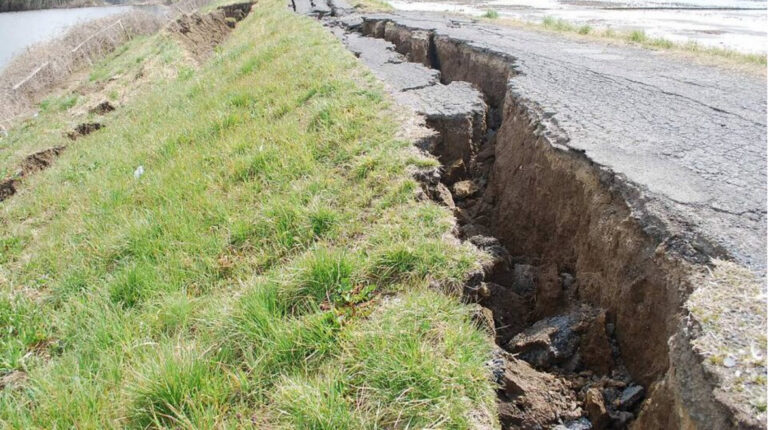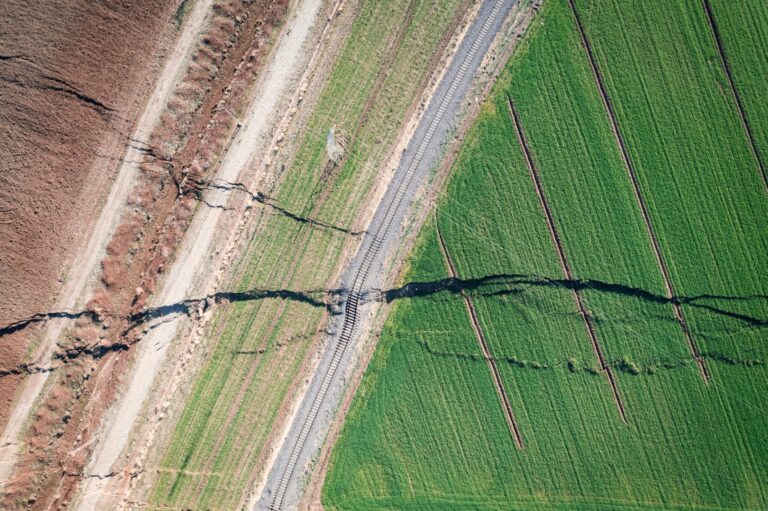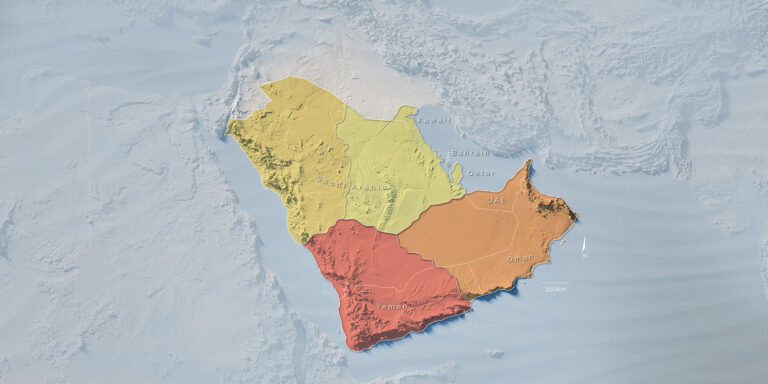Earth Science and Engineering
Reconstructing sea-level rises in the Red Sea
Modeling the impact of meteorological forces on the Red Sea shows that winds in the southern part of the sea modulate sea-level surges across the basin.

A study of the relative contributions of surface winds and atmospheric pressure on sea-level rises in the Red Sea has shown that wind variations over the southern part of the sea are the main drivers of basin-wide sea-level extremes, uniformly driving sea levels up and down depending on wind direction.
Changes in sea levels often occur in response to meteorological forces such as wind and atmospheric pressure. These meteorological surges, or storm surges, lead to coastal flooding and erosion and are considered one of the greatest threats to coastal environments and communities.
Therefore, understanding storm surges and their driving forces is critical for coastal planning and management activities.
Numerous studies on storm surges have been done in some oceans and seas around the world, for example, in the coastal areas of the Bay of Bengal and along the coast of the North Sea, yet few have been conducted on the Red Sea.
This led Ibrahim Hoteit, Sabique Langodan and colleagues from KAUST’s Red Sea Modeling and Prediction Group to study the meteorological origin of sea-level extremes in the Red Sea basin.
“Understanding sea-level extremes requires high temporal (hourly or less) data from tidal gauges distributed along the coastline and over long periods, ideally decades,” explained Langodan. “Unfortunately, long-term tidal observations are very scarce for the Red Sea.”
To overcome this, the researchers resorted to advanced computer simulations of storm surges to generate high-spatial-resolution (approximately 500 meters) long-term datasets of sea-level variations in the Red Sea. They first validated the datasets with hourly sea-level observations for three years (2013-2015) from six tidal gauges along the Saudi coast of the Red Sea.
They then used the ADvanced CIRCulation (ADCIRC) storm surge model, which solves the vertically integrated shallow-water equations for water-surface elevations and currents to hindcast sea-level rise from meteorological forces in the Red Sea over 37 years, spanning 1980-2016.
“This approach allowed the contribution from surface winds and atmospheric pressures to be modeled separately and provided spatial maps of the maximum sea-levels resulting from the pressure-only, wind-only and combined wind-pressure forcing simulations,” explains Langodan.
Hoteit says the work has important implications for managing and developing the Red Sea coastline, including the proposed megacity projects and the rapid expansion of tourism along the coast. It will also support strategies to mitigate their impact on the unique marine environment and coral reefs of the Red Sea.
“We are now investigating the predicted changes in these extremes due to the projected climate change impacts, in terms of intensity and frequency,” he said.
References
-
Antony, C., Langodan, S., Dasari, H.P., Abualnaja, Y. & Hoteit, I. Sea-level extremes of meteorological origin in the Red Sea. Weather and Climate Extremes 35, 100409 (2022).| article
You might also like

Earth Science and Engineering
When Earth breaks the “rules”

Earth Science and Engineering
Unearthing Arabia’s ancient foundations: New insights from the Ha’il terrane

Earth Science and Engineering
Sensing color cues to monitor coral health in the Red Sea

Earth Science and Engineering
Kahramanmaraş earthquake study showcases potential slip rate errors

Chemical Engineering
Unveiling the role of biomass-burning aerosols in atmospheric reactions

Earth Science and Engineering
Feeling the heat across the Middle East

Applied Mathematics and Computational Sciences
Past and future drought patterns across the Arabian Peninsula

Earth Science and Engineering




